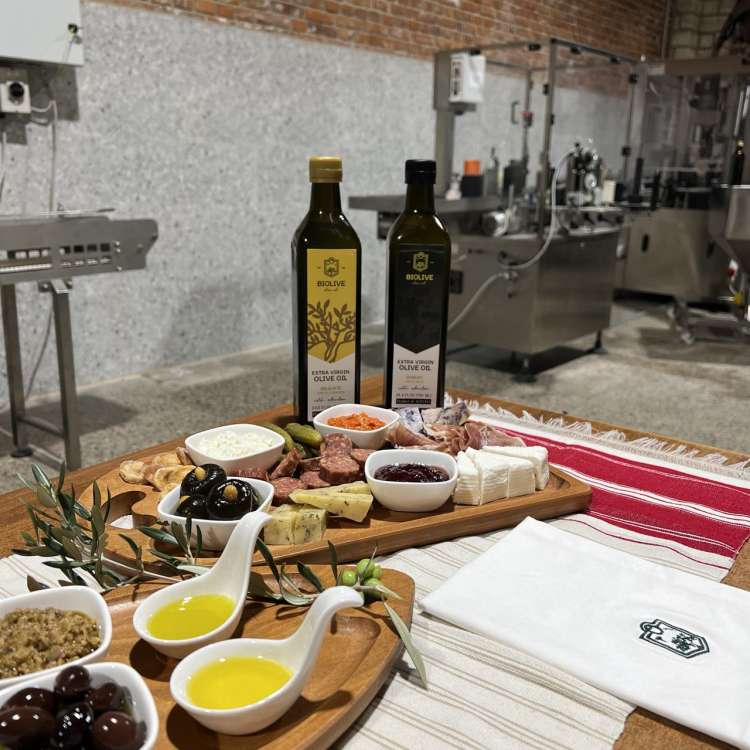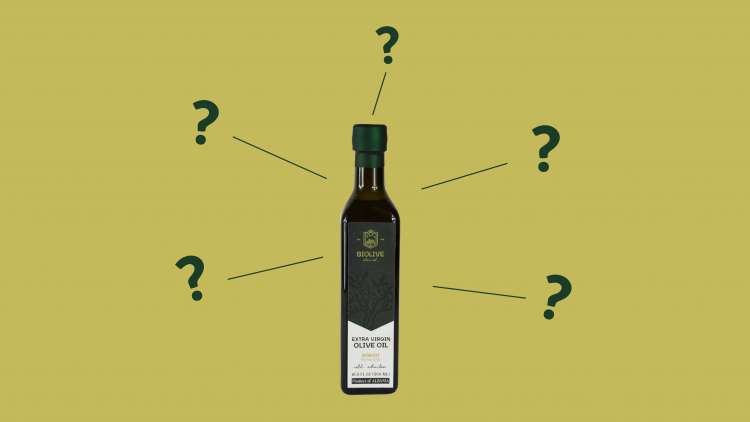The qualities of bitterness and pungency are highly desirable attributes in virgin and extra virgin olive oils, as they are directly linked to the presence of polyphenols, which provide a range of health benefits. The more bitter and pungent the oil, the higher its polyphenol content, making it a more valuable and nutritious product. Understanding the role of bitterness and pungency in olive oil can deepen your appreciation for its unique qualities and help you recognize true extra virgin olive oils. Unlike other negative attributes that indicate poor quality, such as rancidity or mustiness, a bitter or pungent taste is actually a positive indication of high quality, as it signals the presence of antioxidant and anti-inflammatory polyphenols.
The bitterness in olive oil is caused by the presence of phenolic compounds, particularly oleuropein, and squalene, which are exclusive to olive oil. Pungency, on the other hand, refers to the tingling sensation felt at the back of the throat, which is due to the presence of oleocanthal, another polyphenol with anti-inflammatory properties. High-quality extra virgin olive oils should be both bitter and pungent, with intensity varying depending on the type of olive, harvesting period, and other factors.
The polyphenol content is determined by many factors including:
- Age - peppery or bitter flavors are more common in olive oils that are recently pressed. As time passes, the pungency dissipates.
- Olive variety - the olive variety plays a key factor in the pungency of an oil.
- Time of picking - Oil made from green (unripe) olives has more polyphenols than oil made from ripe olives. The polyphenol concentration increases with fruit growth until the olives begin to turn purple and then begin to decrease.
- Heat - bitterness will mellow when heated and the cooking style used will affect the final flavors of the dish.
- Grade - generally only extra virgin olive oil will have a bitter flavor. Classic, pure, or light-tasting olive oil have more mild flavors, which is useful when you don't want a strong olive oil flavor in the final dish.
- Environmental Factors such as altitude, cultivation practices, and the amount of irrigation.
- Extraction Conditions: Techniques used to enhance yield, such as heating the paste, adding water, and increasing malaxation time, result in a loss of polyphenols.
- Storage Conditions: The type of containers and the length of storage are key factors in the oil’s polyphenol content. As oil sits in storage tanks or in a bottle, the polyphenols will slowly be oxidized and used up. Oils stored in stainless steel containers or dark glass bottles, in cool conditions, are much better protected against oxidation than those bottled in clear glass.
A note on color. Color is not related to the flavor or authenticity/purity of olive oil. An oil that is described as having a green flavor might not be green in color and a golden oil can have very strong flavors.
In conclusion, while bitterness and pungency are positive attributes in extra virgin olive oil, there are many other flavor profiles available that offer a range of culinary and health benefits. Biolive Robust is a great choice for those who prefer a stronger, more sophisticated flavor, while Biolive Delicate offers a unique flavor profile that enhances dishes without overpowering them.
Sources: North American Olive Oil Association, Olive Oil Times


